This post may contain affiliate links. Please read my privacy policy.
Dashi - easy dashi recipe with 3 ingredients, water, kombu and bonito flakes. Authentic dashi stock and broth to make a variety of Japanese recipes.
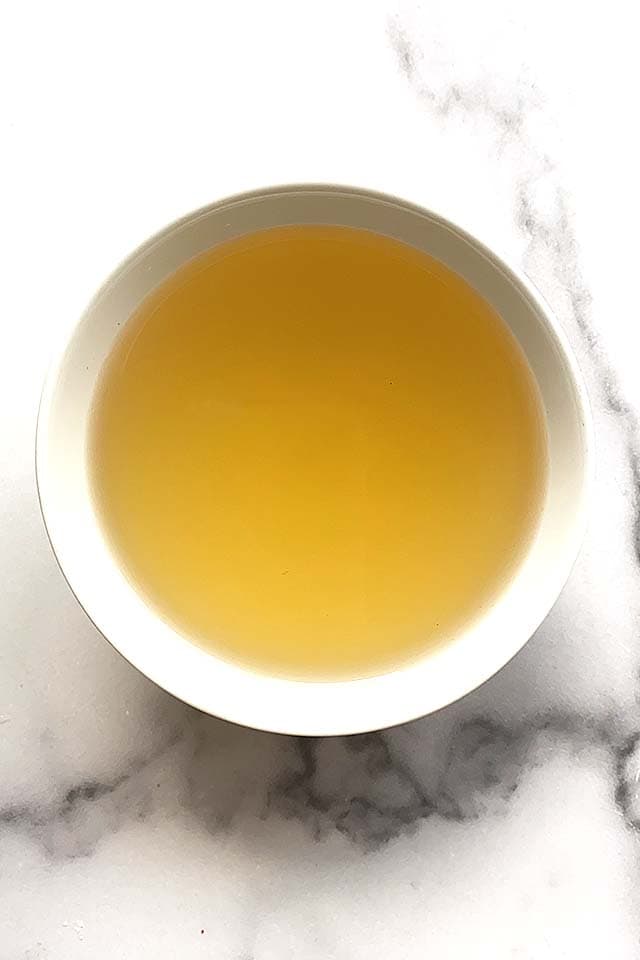
Dashi Stock
What is Dashi?
Dashi is the building block of Japanese cuisine. It’s the essential soup base used in many Japanese recipes.
It’s made of water, kombu seaweed (a type of kelp) and shaved bonito flakes.
The stock is used in oden, nabe, ramen and so much more.
Once you’ve mastered the basic techniques of making this stock, everything will taste just like the best Japanese restaurants.
Dashi Recipe
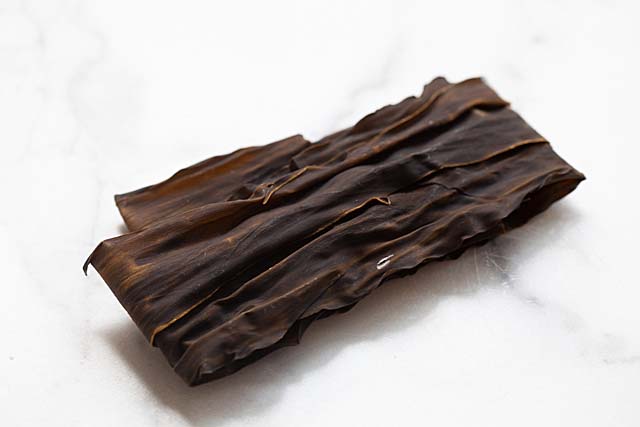
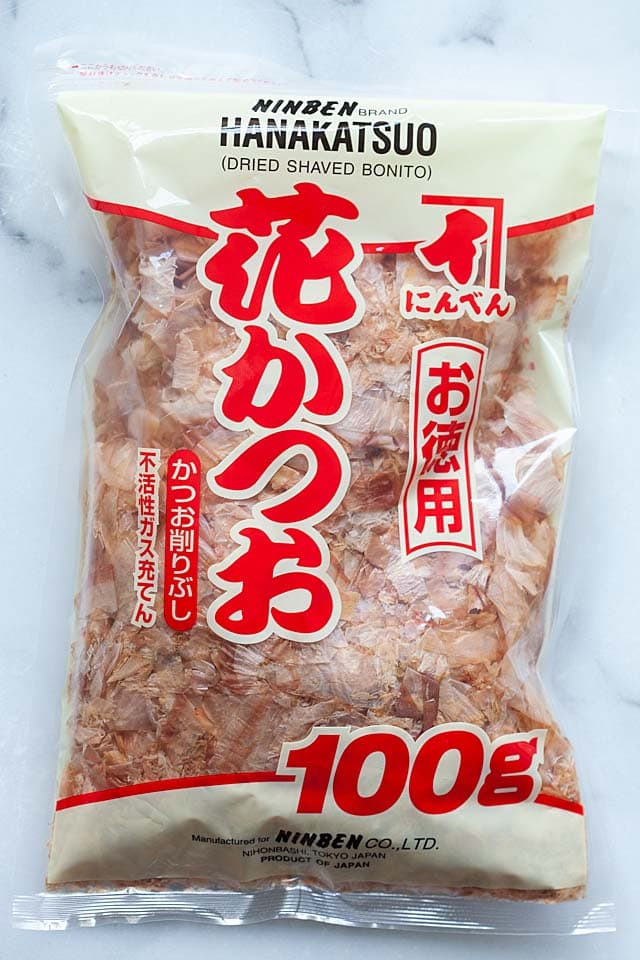
The recipe calls for only three (3) ingredients:
- Kombu or Japanese dry seaweed
- Dry shaved bonito flakes
- Water
The best kombu are called Ma-Kombu (giant kelp) and Rishiri-Kombu (from Rishiri in Hokkaido). They are famous for being the highest quality kombu in Japan.
See the recipe card for full information on ingredients.
How To Make Dashi
It’s very easy to make the broth at home and the active time is very short.
Even though you can buy instant dashi granules and powder, the taste is usually MSG-laden and inferior compared to homemade stock.
Cooking Tips
The best dashi has a nice light brown color, very clear and not cloudy or murky.
Here are my cooking tips:
- Buy high quality dry shaved bonito flakes.
- Choose well-dried, thick and aromatic kombu seaweed, preferably Rishiri-Kombu from Hokkaido.
- Wipe the surface of kombu seaweed and remove the dirt with a kitchen towel or paper towel. DO NOT remove the white powder on the surface as it creates umami taste.
- Do not squeeze the bonito flakes. This will generate an unpleasant fishy smell.
- Make the stock in small quantity or as needed. Keep it as fresh as possible.
Frequently Asked Questions
Yes, you can. To ensure freshness, make small amount of the stock and keep in the refrigerator for up to 3 days.
You can also freeze the stock in an ice tray.
Yes, it’s very healthy. It’s also halal. It’s very light and non-greasy.
This recipe yields 3 cups of dashi stock with only 32 calories per cup.
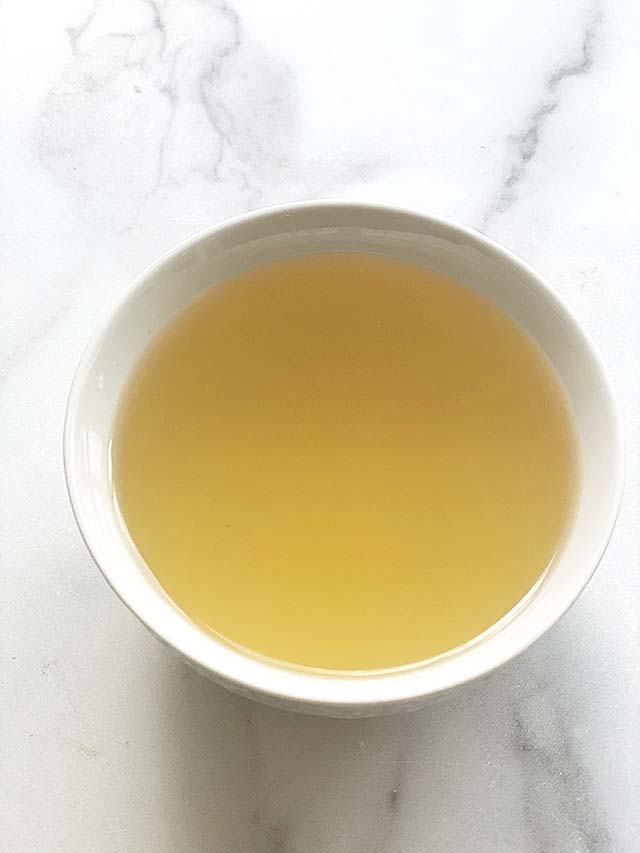
Other Recipes You Might Like
I hope you enjoy this post as much as I do. If you try my recipe, please leave a comment and consider giving it a 5-star rating. For more easy and delicious recipes, explore my Recipe Index, and stay updated by subscribing to my newsletter and following me on Facebook, Pinterest, and Instagram for new updates.

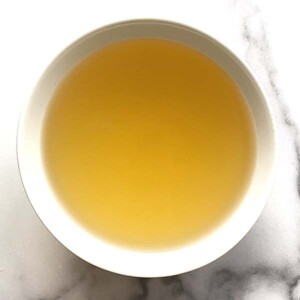
Dashi
Ingredients
- 1 piece kombu, 6×6-inch
- 4 cups water
- 1 oz shaved dried bonito flakes
Instructions
- Wipe the surface of the kombu seaweed with a kitchen towel or paper towel to remove any dirt. Do not remove the white powder on the kombu. In a stockpot, add the water and the kombu together. Let it steep for 30 minutes.
- Place the stockpot over medium heat and bring it to a boil. Remove the kombu immediately. Add the shaved dried bonito flakes and stir once to mix them in. As soon as the liquid boils again, reduce the heat to low and simmer for 5 minutes. Remove any scum that appears on the surface.
- Turn off the heat and let the liquid steep for 15 minutes. Strain it through a fine sieve, strainer, or cheesecloth. Don't squeeze the bonito flakes, as this will make the dashi cloudy and generate an unpleasant fishy smell. Discard the bonito flakes after use.
- You can refrigerate the dashi broth for up to 3 days or freeze it in an ice tray.
Notes
Nutrition
Nutrition information is automatically calculated, so should only be used as an approximation.
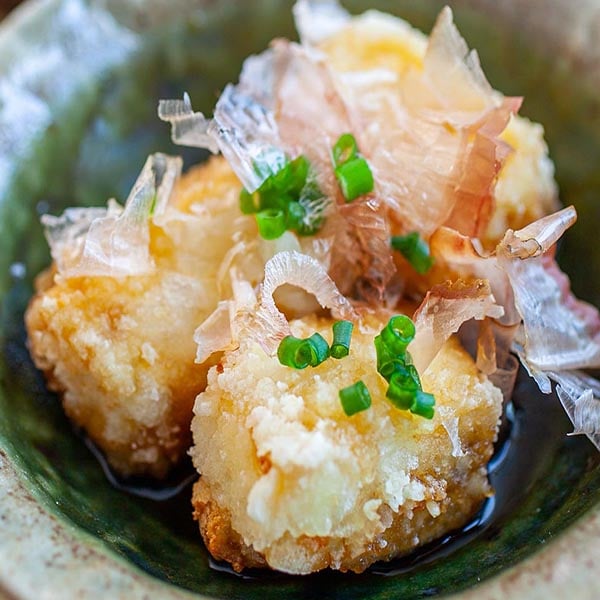

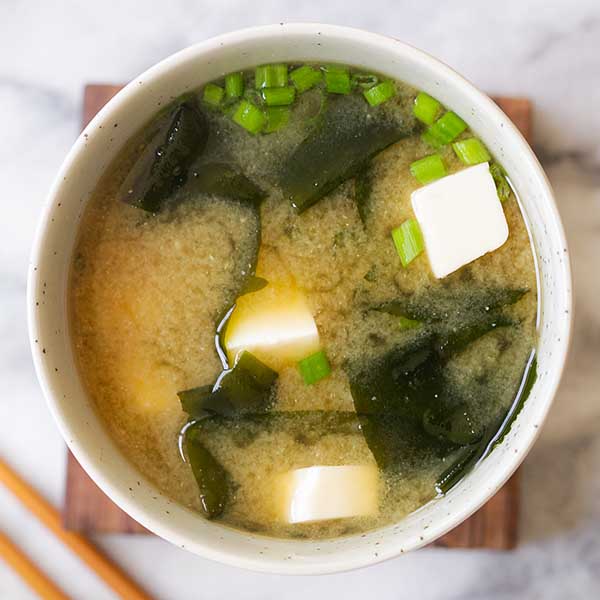
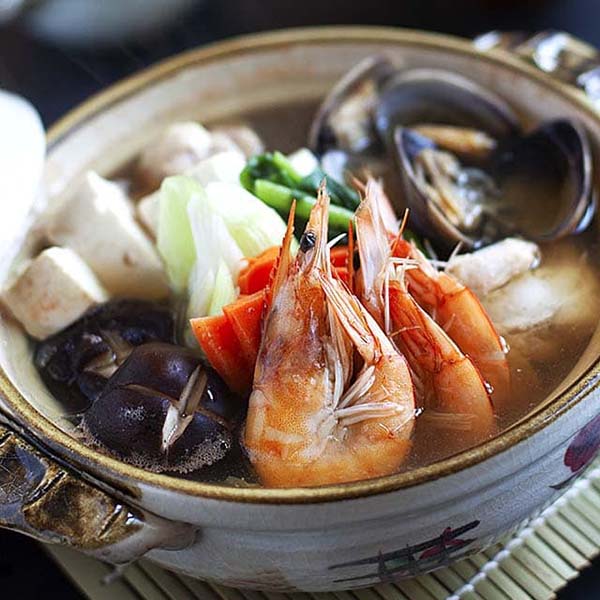






Hello Bee – Have been enjoying reading your recipes and blog for some time. They remind me of our time in Malaysia in the 1970s. Did you know that one source of Japanese Bonito Flakes is Malaysia? One day I was walking along a Trengganu beach and came upon an open air Japenese fish processing plant where they were steaming and smoking tuna. At the time I had no idea about Bonito flakes or dashi, but in retrospect, I think those steamed and smoked tuna were the raw material for Bonito flakes. Here’s an article about Bonito Flakes from The Spruce Eats……Jennifer (Nylander) Littke https://www.thespruceeats.com/what-is-katsuobushi-5179263#Katsuobushi%20Uses
Hi Jennifer. Thank you for sharing the article. Yes, bonito flakes are locally produced in Malaysia by various producers. Please do come back to visit!
5 stars – simple and delicious! I like the ratios of this one better than other dashi recipes I’ve tried. Also, thanks for the tip about not wringing out the katsuoboshi after steeping – I didn’t know any better previously and had done that in the past to “get the most out of it” ha. Used this as the base for my udon noodle soup!
Yay, thanks!
Easy dashi recipe for novice cooks in Japanese cooking!
Thanks Marie.
this may be good for my Sheltie, “SERVICE DOGGIE” for her joints???????????
For direction 1 is it just cold tap water the kombu steeps in? I’ve never used kombu before so am unsure. Also for your subscribers that use metric it would be great if you had like many other bloggers a button we can click under the recipe to convert it over if possible. Thank you for your great recipes, I can’t wait to try this out soon.
Yes cold water. Inside the pink recipe card, below ingredients, there is a pink button that says CLICK HERE FOR CONVERSION TOOL. You can convert anything there.